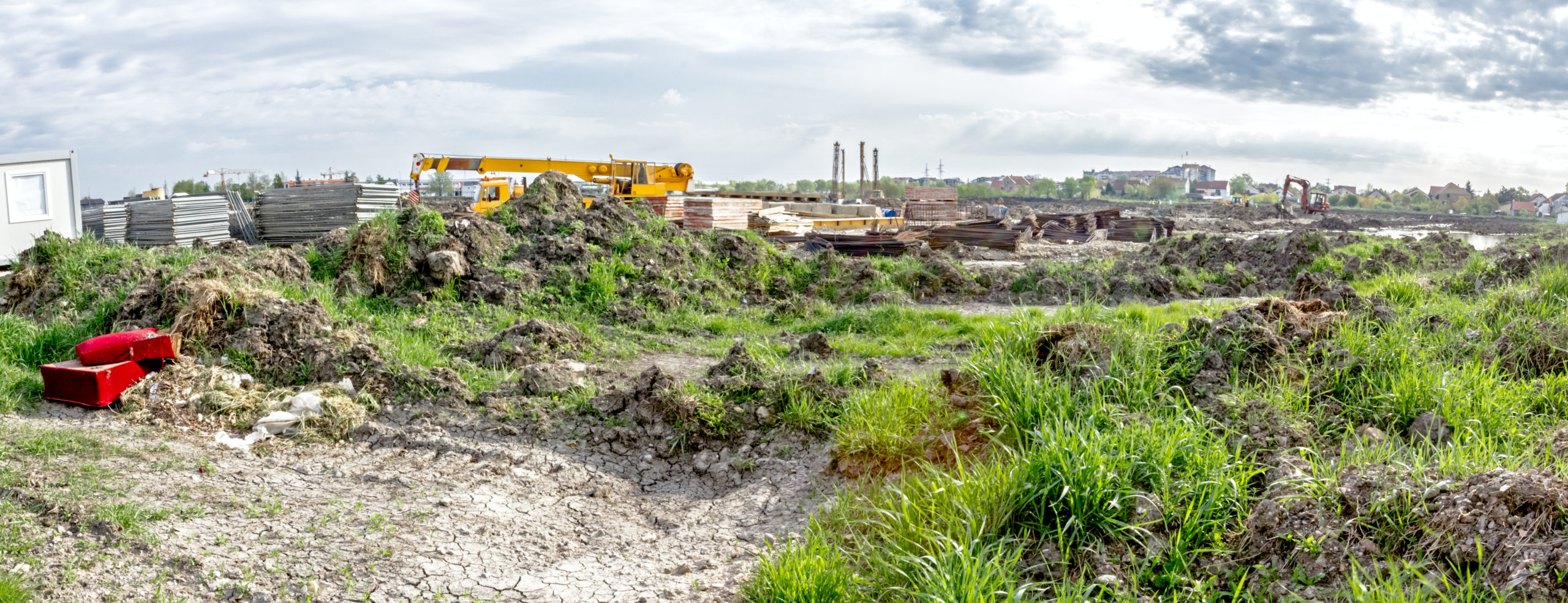5 Things to Know About Opportunity Zones Right Now
The coronavirus pandemic has undoubtedly shaken up every market in the country. While all eyes are on Class A cities to see how the very best in the game are faring during these times, other locations aren’t getting much consideration.
In the middle of all of this market-madness, how are opportunity zones doing right now?
Opportunity Zones 101
Opportunity zones are officially defined as “economically-distressed communities where new investments, under certain conditions, may be eligible for preferential tax treatment.” This system was introduced with the 2018 Tax Cuts and Jobs Act by the IRS.
Throughout the United States, there are more than 8,500 locations officially designated as opportunity zones. By outlining communities around the country that need the most aid, the IRS is able to stimulate the direction of development projects by offering significant tax benefits for investors who enhance these locations.
Opportunity Zones and CRE
In recent years, opportunity zones were thriving as commercial real estate professionals and investors funneled their interest into these communities.
Besides the inherent tax benefits, opportunity zones have proved themselves to be strong investment options. Competition is low, the returns are usually substantial, and it’s a strategic way to nationally expand commercial portfolios.
But, now that the conditions have changed, how are these locations doing? Here’s what the ‘right now’ of opportunity zones looks like:
Investors are Wary to Move Forward
In the midst of a pandemic and an economic downturn, investors are shying away from opportunity zone investments. As projects all around the country have been subject to the widespread disruptions relating to COVID, opportunity zone investments aren’t picking up speed the way they were in the past.
It’s clear that investors are wary about funneling their capital into any investment right now. In a time of long term uncertainty, it’s difficult to pivot strategically. It’s impossible to know where the virus’ next hotspot will be, or if there will be another country-wide market closure anytime soon.
Because of these outstanding circumstances, investors are giving all investments, including opportunity zones, a second thought before moving forward.
Stimulus, Benefits, and Incentives
Even while investors are skeptical about moving forward with an opportunity zone development projects, the momentum is being fueled by the announcement of new incentives for these deals.
The IRS is set to offer further tax relief for opportunity zone investments by nullifying some of the more stringent qualification factors that block many development projects from being able to claim the benefits of these specified areas of investment.
These current aid programs are making the benefits associated with opportunity zone investments more accessible, which is pivotal during these COVID-19 hardships.
The Future of Opportunity Zones
While commercial real estate’s opportunity zone arena has hit a stalemate during the pandemic, this area of investment isn’t set to fall out of favor. As soon as the pandemic’s climate settles down enough to have a clear outlook on the future, expect the investor interest to pick back up again.
But, for now, keep an eye on the progress of opportunity zones. When they start to expand again, you won’t want to miss out.


